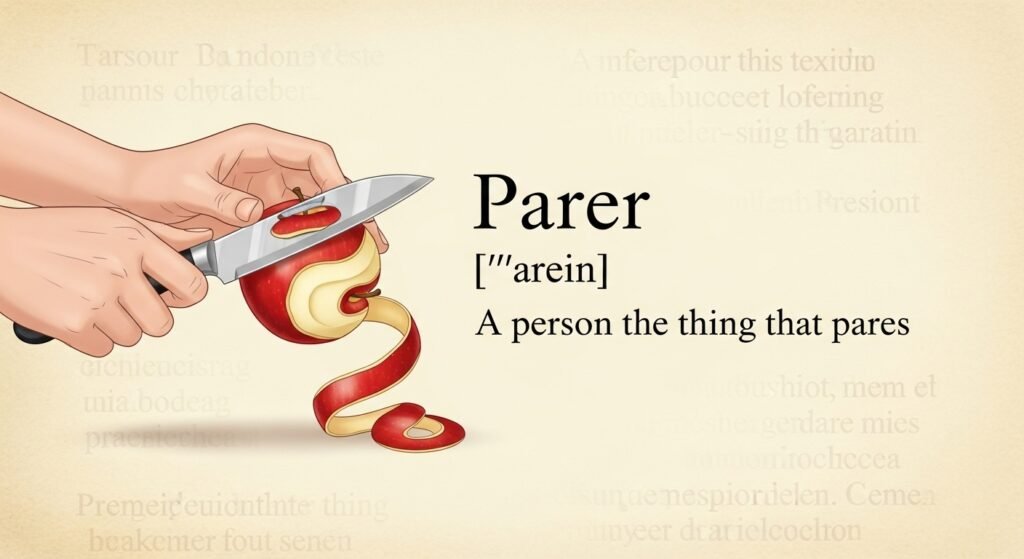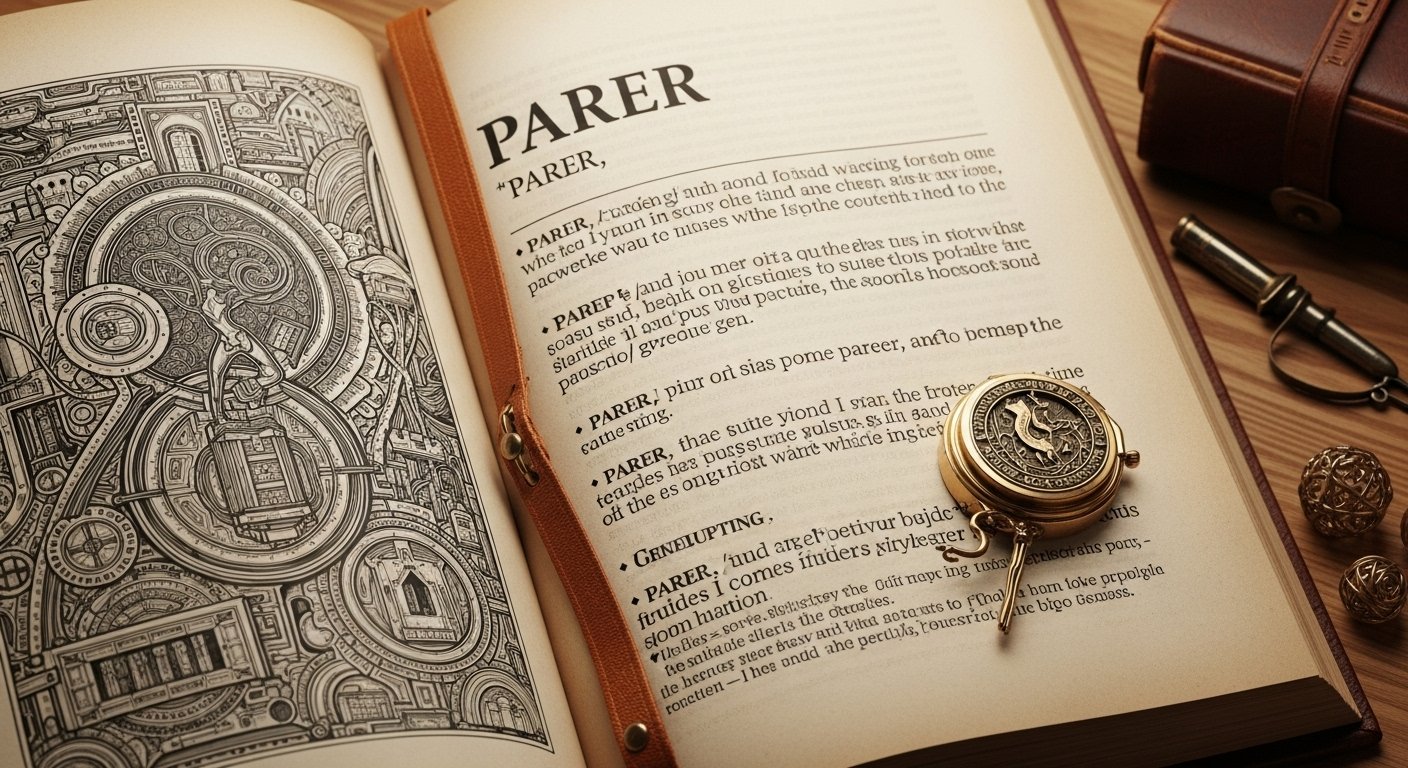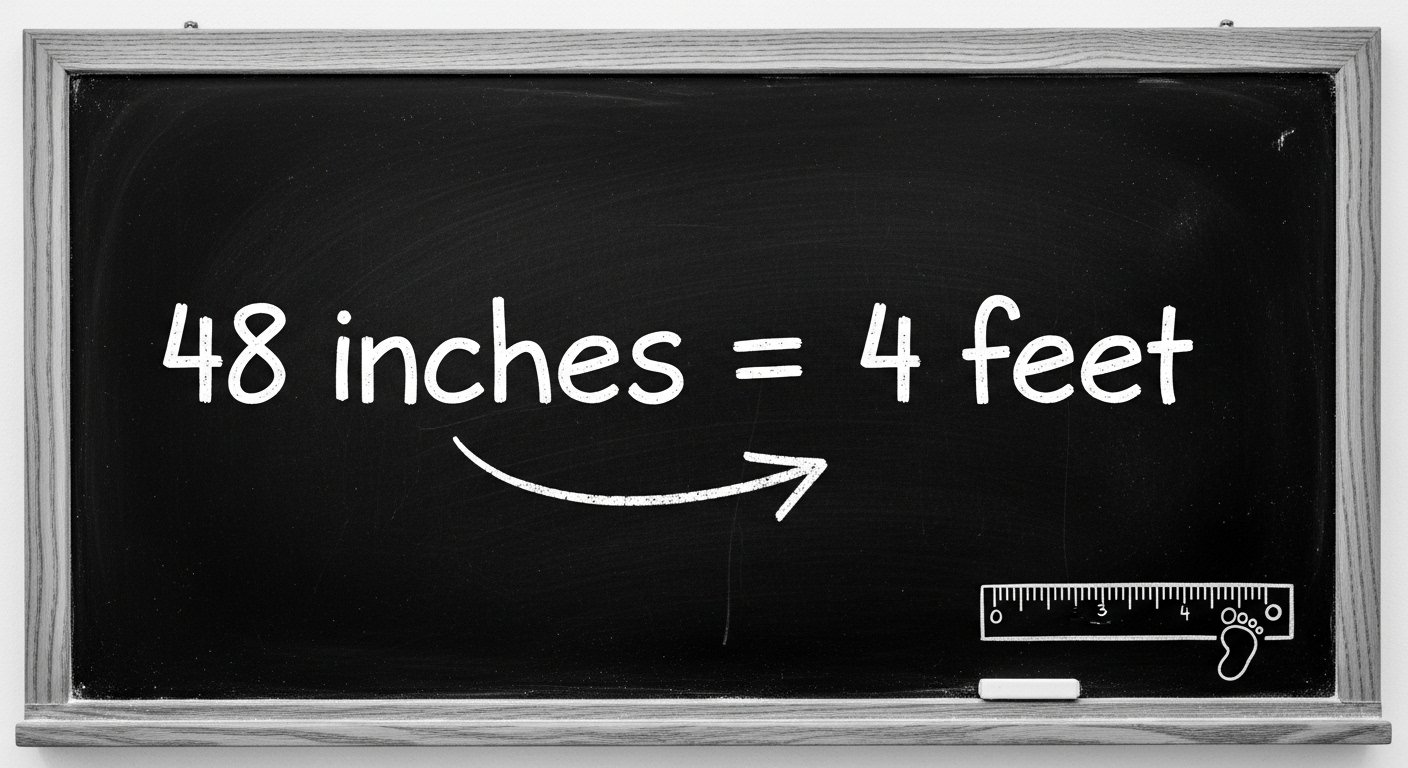Table of Contents
Introduction
Have you ever heard someone say “Use the parer” and felt confused? You’re not alone. Many people don’t know what a parer is right away, but once you learn it, you’ll realize you’ve probably used one many times. This guide will explain the parer meaning in the easiest way possible, so everyone can understand and use it correctly.
A parer is a small tool, usually a knife, that helps you peel or trim something. It’s used most often in the kitchen, but you’ll also see it in crafting or school work. Whether you’re peeling an apple, sharpening a pencil, or trimming paper, knowing the parer meaning can be surprisingly helpful. We’ll explore what the word means, where it comes from, popular tools called parers, and why it’s a good word to know no matter where you are.
Let’s take a close look at the real parer meaning and how it shows up in daily life.
Parer Meaning Explained in Simple Words
Let’s start with a clear definition of parer meaning. A parer is a tool used to trim, peel, or shave off outer layers of something. It’s most often used to describe a small knife called a paring knife. This knife has a short, sharp blade good for peeling fruits or cutting small items.
In short, parer meaning is this: a knife or tool that helps you remove unwanted parts of something. To pare something means to cut it down gently or carefully. So, a parer helps you do just that.
For example, when you peel an apple or remove the seeds from a pepper, you might use a parer. It’s useful, easy to hold, and gives you control when working with small foods or crafts.
The Origin and History of Parer Meaning
To better understand the word, let’s explore where parer meaning comes from. The word “parer” has been used for centuries. It comes from the French word “parer,” meaning to trim or prepare. The root of that French word comes from Latin, showing us that this word has been around a long time.
The word “pare” still means to trim or peel. So the noun form, “parer,” is the thing that does the trimming. Over time, it became commonly used in English to describe small knives or tools used for cutting or shaving things down.
Knowing this helps us see why parer meaning is connected to many different tools today—from kitchen knives to pencil sharpeners.
Common Types of Tools That Show the Parer Meaning
There’s more than one kind of parer. When we look at real tools, we can see the parer meaning in different ways. Each tool shares the same basic purpose: to trim, peel, or cut carefully.
Paring knife – This is the most well-known kind of parer. It’s small and sharp. People use it in kitchens everywhere.
Vegetable peeler – This tool is often shaped like the letter Y and helps peel potatoes, carrots, or apples smoothly.
Scissors or crafting knives – Some craft tools might be called parers when they trim small paper edges.
Pencil sharpener – This is also a kind of parer. It pares down the wood of a pencil, exposing the lead so you can write.
Whether you’re in the kitchen, art room, or classroom, these tools all support the idea behind parer meaning: trimming and shaping.
Parer Meaning in the Kitchen
The kitchen is where the parer meaning is most often used. Most chefs and home cooks use a paring knife every day. This small knife is perfect for tasks that need control and gentle movements.
For example, a paring knife helps you peel fruits like apples or slice the ends off green beans. It’s also great for removing pits, slicing garlic, or cutting small details when decorating foods.
When recipes call for “trimming with a parer,” you’ll know that it means using a small knife or peeler. Understanding the parer meaning makes you more confident following any kind of instructions that involve slicing or peeling.
Parer Meaning in School and Craft Projects

The kitchen isn’t the only place where this word matters. In schools and art rooms, the parer meaning shows up in tools like pencil sharpeners and small trimming tools.
A pencil sharpener is one of the most common parers that kids (and adults) use. It removes wood from around the pencil to make the lead sharp again.
In art projects, you may use a craft knife or little scissors to trim photos or cut around paper shapes. The tools that make those careful cuts are parers in action.
Understanding parer meaning helps kids read instructions clearly and use tools safely. It also builds stronger vocabulary at an early age.
Parer vs Peeler: Understanding the Difference
Some people wonder if there’s a difference between a parer and a peeler. The answer is yes—and no. Both tools help you remove skin, edges, or unwanted parts, but they work a little differently.
A parer is usually a cutting tool like a small knife. It takes more control but works for many tasks.
A peeler is a special kind of parer designed just for peeling thin layers, like the skins of carrots, apples, or cucumbers. It often has a metal blade surrounded by a plastic or metal frame.
So while all peelers are parers, not all parers are peelers. Understanding the parer meaning helps you know when you need each tool and what job it can do best.
How to Use a Parer Safely
Using a parer can be helpful, but safety is very important. Any tool with a sharp edge needs to be used the right way. Understanding safe parer use keeps you protected and helps your tool last longer, too.
Hold the parer firmly with your fingers away from the blade. Always cut away from your body.
Use a cutting board or place your item on a steady surface. Don’t cut things in your hand unless you’ve practiced and feel safe.
Keep your parer clean and dry so the blade works well and doesn’t rust. Store it safely when you’re not using it.
Teaching kids how to understand parer meaning and use parers properly can help them grow into confident, careful helpers in the kitchen or classroom.
Why Learning Parer Meaning Helps Your Vocabulary
You might be wondering, why do I need to learn this word? Learning the parer meaning improves your English vocabulary. This word is not only useful in real life but helps you understand other related words like pare, paring knife, or pared down.
For example:
“Let’s pare down the choices and pick one.”
This means to trim the list—just like how a parer trims an apple.
Understanding the basics of this word gives you tools to understand similar words, too. It helps in reading, writing, and even listening to instructions more clearly.
Fun Facts That Show Parer Meaning in Real Life
Here are some fun ways the parer meaning shows up in the real world. These quick facts make the word stick in your memory:
Some chefs can use a parer to peel an entire apple in one long spiral without breaking it.
Paring knives are often the second most used knife in professional kitchens, after chef’s knives.
In the past, pencil sharpeners were called “pencil parers” in some places.
People in crafts and model-making often use parers to shape wood or tiny pieces with great detail.
Parer tools are small, but they can make a big difference when done right.
These facts show that a simple word like parer has many uses and fun connections, making the parer meaning more interesting to remember.
Teaching Kids the Parer Meaning Through Activities
Teaching children new words doesn’t have to be boring. When it comes to parer meaning, there are lots of fun and simple activities that help kids remember it easily.
You can peel fruit together using a paring knife—with adult help—and talk about what the tool is doing.
Try a paper-trimming craft where they use child-safe scissors to pare down photos or shapes.
Use coloring pages shaped like tools and label them with their names, including parer.
Make word games or crossword puzzles using parer-related terms.
By making learning playful, kids can connect the actions to the word, helping them lock the parer meaning into memory.
FAQs
1. What’s the exact parer meaning?
A parer is a small tool, often a knife, used to trim, cut, or peel objects like fruits or paper.
2. Is a parer only used in the kitchen?
No, parers can be used in schools, art class, or any place where you trim or shape items.
3. Is a peeler the same as a parer?
A peeler is a type of parer. Peeler refers to tools specifically made for skinning fruits and vegetables.
4. Why do we call it a parer?
The word comes from the French word “parer,” meaning to trim. It shows how the tool shaves or peels things.
5. Can children use a parer?
Yes, but they should always be supervised. Safe-handled parers like peelers are better for children practicing kitchen skills.
6. Are all small knives parers?
Not all small blades are parers. Some are for carving or detail work. If it’s made to trim or peel, then it fits the parer meaning.
Conclusion
Now that you know what parer means, you’ll start to notice it everywhere. It might be in your kitchen drawer, your pencil box, your art kit, or even in the pages of a favorite book or recipe.
The parer meaning might seem small, just like the tools it describes, but it plays a big role in how we trim, shape, and prepare the things around us. From food to pencils to crafts, this one word connects to everyday life in helpful ways.
So next time someone says, “Grab the parer,” you’ll know exactly what to do. And maybe, just maybe, you’ll be the one teaching someone else what it means.
What’s your favorite way to use a parer? Share your tips or stories and help others learn just like you did.



